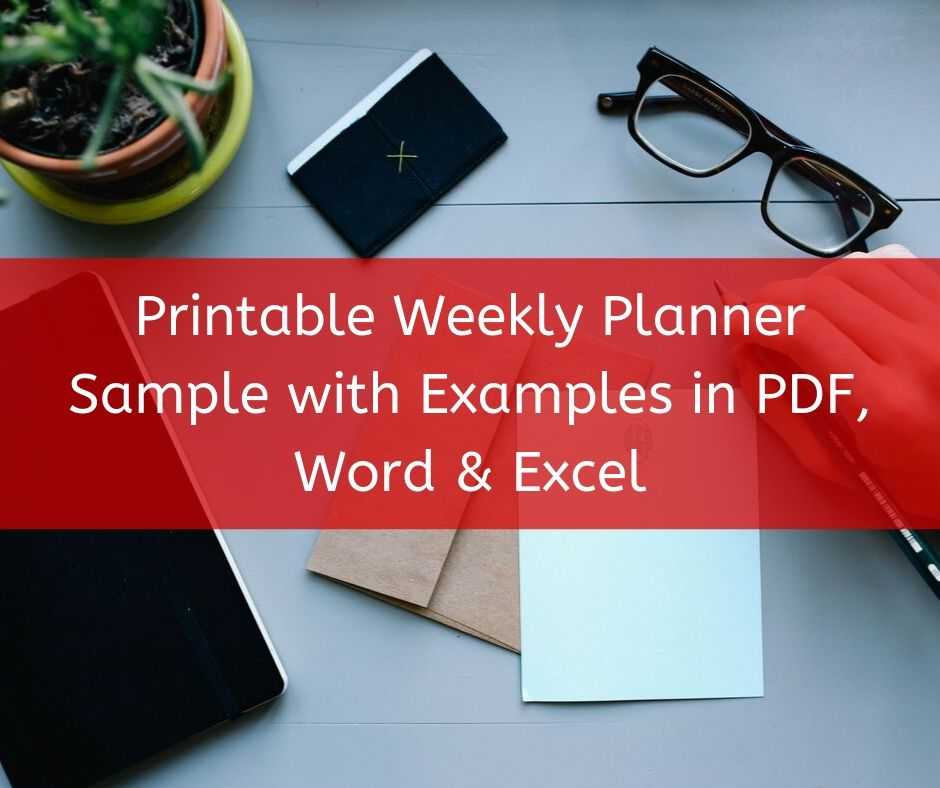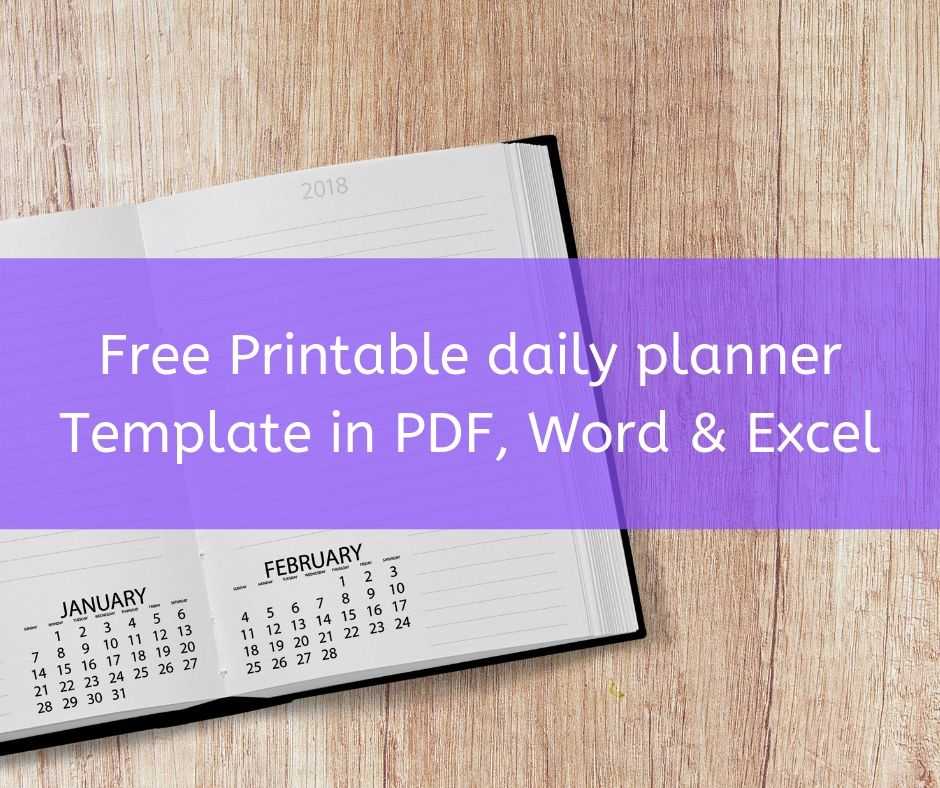Simple Budget Template (Printable)
As personal finance experts often say, budgeting is the foundation of good money management. Creating a budget helps you understand your income and expenses, and empowers you to make informed financial decisions. It can help you save money, pay off debt, and achieve your financial goals.
However, creating a budget can seem daunting, especially if you don’t have a clear understanding of your financial situation. That’s where budget templates come in. These templates provide a framework for organizing your finances and tracking your expenses, making it easier to manage your money effectively.
Below, BestLetterTemplate will explore the importance of budgeting in personal finance and explain how using a budget template can help you take control of your finances. Whether you’re just starting out on your financial journey, or looking to make some positive changes, a budget template can be a valuable tool in helping you achieve your financial goals. Let’s cut to the chase and start with the actual budget template!
Simple Printable Budget Template
This is a simple budget template with individual expenses. You can print and use it right now. Click the “Print” button to start creating a physical copy of your budget. Save the document for easy access in the future. Remember, the key to success is consistency and discipline, so make sure to review your budget regularly and make adjustments as needed.
Category Budgeted Amount Actual Amount Notes Housing $ $ Utilities $ $ Food $ $ Transportation $ $ Entertainment $ $ Clothing $ $ Medical $ $ Health $ $ Gifts $ $ Loans $ $ Debt $ $ Savings $ $ Other $ $ Total $ $
Why Budgeting is Important
According to a survey conducted by the National Foundation for Credit Counseling, 64% of Americans do not have enough cash on hand to handle a $1,000 emergency expense. Budgeting can help people build an emergency fund and avoid financial stress in the event of an unexpected expense.
Budgeting can help you achieve your financial goals by providing a roadmap for your money. It helps you prioritize your spending and identify areas where you can cut back, so you can put more money towards your financial goals, such as saving for a down payment on a home, paying off debt, or investing for retirement.
Budgeting can also help you avoid debt and overspending. By tracking your expenses and creating a spending plan, you can ensure that you’re living within your means and not relying on credit cards or loans to make ends meet. This can help you avoid the high interest rates and fees associated with debt, and reduce financial stress.
Statistics show that budgeting can have a positive impact on people’s financial situation. In a survey by the National Foundation for Credit Counseling, 80% of people who reported having a budget said they were able to pay their bills on time, compared to 63% of those who did not have a budget. Additionally, a study by TD Ameritrade found that people who budget are more likely to save for retirement and feel financially secure.
Real-life examples also demonstrate the power of budgeting. For example, a couple was able to pay off $52,000 in debt in just 18 months by creating a budget and sticking to it. Another person was able to save $10,000 for a down payment on a home in just one year by cutting back on unnecessary expenses and increasing their income through a side hustle.
How to Create a Budget
Creating a budget can seem overwhelming, but it’s actually a straightforward process that anyone can do. Here are the basic steps involved in creating a budget:
Track your income and expenses: The first step in creating a budget is to understand how much money is coming in and going out each month. You can use a spreadsheet, budgeting app, or pen and paper to record all of your income and expenses.
Categorize your expenses: Once you’ve tracked your expenses, categorize them into different groups, such as housing, transportation, food, and entertainment. This will help you see where your money is going and identify areas where you can cut back.
Set financial goals: Decide what you want to achieve with your money, such as paying off debt, saving for a down payment on a home, or building an emergency fund. Use these goals to guide your budgeting decisions.
Create a spending plan: Based on your income, expenses, and financial goals, create a spending plan that outlines how much you’ll spend in each category each month. Be realistic and flexible, and allow for unexpected expenses.
Review and adjust: Once you’ve created a budget, review it regularly to make sure you’re staying on track. If you find that you’re overspending in certain categories, adjust your budget accordingly.
Here are a few tips for creating a successful budget:
- Be honest with yourself about your spending habits and financial situation.
- Don’t forget to include irregular expenses, such as car repairs or annual insurance premiums.
- Look for ways to cut back on expenses, such as reducing your dining out budget or cancelling subscriptions you don’t use.
- Consider using cash or a debit card for discretionary spending to help you stay within your budget.
- Use a budgeting app or online tool to make the process easier and more automated. These apps can send you reminders when bills are due, alert you when you’re close to reaching your spending limit, and help you stay motivated with progress trackers.
How a Budget Template Can Help
While the process of creating a budget may seem straightforward, it can be time-consuming to create a budget from scratch. That’s where a budget template can come in handy. A budget template is a pre-designed spreadsheet or document that can help you organize your finances and create a spending plan.
Here are a few ways a budget template can help you:
- Save time: A budget template can save you time by providing a framework for your budget. Instead of creating a budget from scratch, you can simply input your income and expenses into the template and adjust as needed.
- Provide structure: A budget template can provide structure and organization to your finances. With pre-designed categories and formulas, you can easily track your expenses and see where your money is going.
- Identify areas to cut back: A budget template can help you identify areas where you can cut back on expenses. By seeing your spending in each category, you can make informed decisions about where to reduce your spending.
- Set financial goals: Many budget templates include sections for setting financial goals and tracking progress. By setting goals and tracking progress, you can stay motivated and focused on achieving your financial objectives.
Budgeting is an essential tool for anyone looking to take control of their personal finances. By creating a spending plan and tracking your expenses, you can avoid debt, save for the future, and achieve your financial goals. While creating a budget may seem daunting, a budget template can simplify the process and help you stay organized. By using a budget template, you can save time, identify areas to cut back, and set financial goals. We encourage readers to take the first step in achieving financial freedom by using our simple budget template to make the process easier.
Budget Tips
While creating a budget is an essential first step in achieving your financial goals, sticking to that budget can be a challenge. Unexpected expenses, impulse spending, and other factors can make it difficult to stay on track. Here are some tips and advice for staying motivated and sticking to your budget:
- Set reminders: If you’re prone to forgetting about bills or overspending, setting reminders can be a helpful tool. Set reminders for when bills are due or when you need to review your budget, and make sure to stick to them.
- Create an emergency fund: Unexpected expenses can derail even the best budgeting plans. Creating an emergency fund can help you cover unexpected expenses without having to dip into other areas of your budget.
- Avoid impulse spending: Impulse spending can quickly add up and throw your budget off track. To avoid impulse spending, consider waiting 24 hours before making a purchase, or creating a separate “fun money” category in your budget to give yourself some wiggle room.
- Stay motivated: Finally, it’s important to stay motivated and remind yourself of why you’re budgeting in the first place. Whether you’re saving for a down payment on a house or trying to pay off debt, keeping your goals in mind can help you stay on track.
Real-life examples of how people have successfully stuck to their budget and achieved their financial goals are plentiful. Some people have successfully used budgeting apps to track their spending and stay motivated. Others have found success by creating separate savings accounts for specific financial goals, such as a vacation or home renovation. Whatever strategy you choose, remember that staying disciplined and committed to your budget can help you achieve your financial goals and live a more financially stable life.
Simple Printable Budget Template with Categories
Categories Monthly Budgeted Amount Actual Monthly Spending Yearly Budgeted Amount Actual Yearly Spending Essential Expenses $ $ $ $ Optional Expenses $ $ $ $ Debt and Loan Payments $ $ $ $ Savings and Investments $ $ $ $ Household Income
This second simple budget template differs from the one above. Instead of individual expenses, it is organized by categories.






